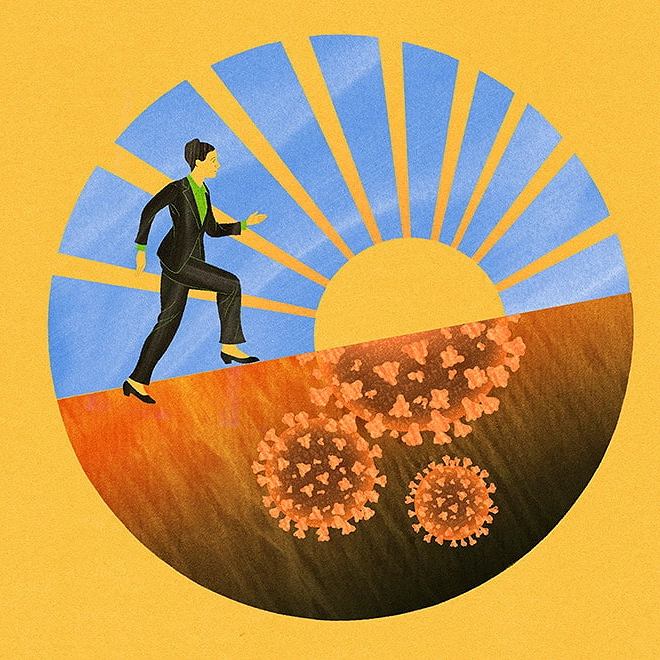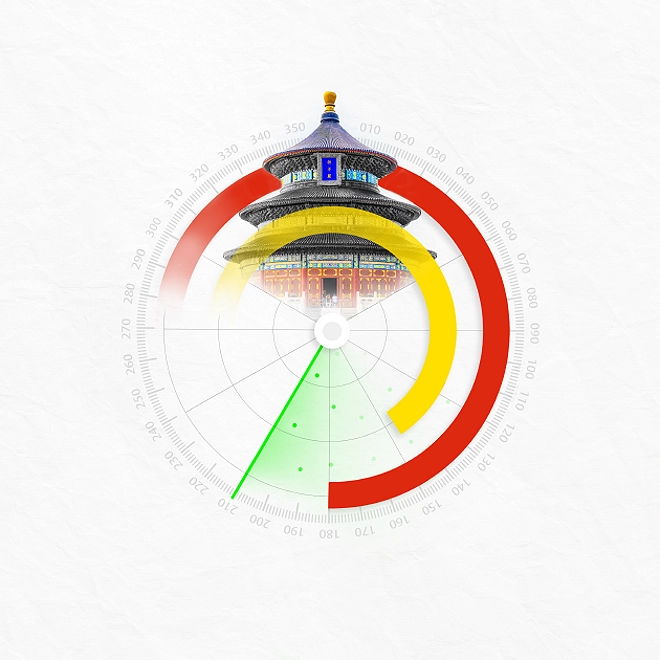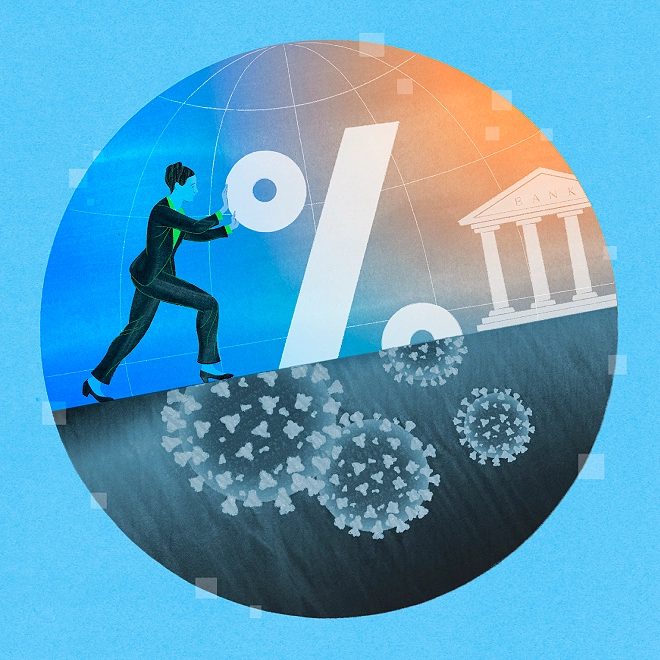The economic impact of COVID-19 (novel coronavirus)
COVID-19 could affect the global economy in three main ways
COVID-19 could affect the global economy in three main ways: by directly affecting production, by creating supply chain and market disruption, and by its financial impact on firms and financial markets. However, a great deal depends on the public’s reaction to the disease.
COVID-19 is a disease caused by a specific virus (SARS-CoV-2) and labeled in the press “coronavirus” or “novel coronavirus.”
Much about the disease is not currently known. While public health officials are still determining the medical impacts of the virus along with certain key characteristics, such as the incubation period, we believe the economic impact will in part depend on how the public reacts to the virus. Public reaction could allow the disease to spread more quickly and widely, or it could create unnecessary costs.
US guidelines for preventing “pandemic influenza”
In 2017, the US Centers for Disease Control and Prevention (CDC) released guidelines for the prevention of “pandemic influenza.” The CDC’s recommendations for “nonpharmaceutical interventions” included:
- Voluntary home isolation of ill persons
- Voluntary home quarantine of exposed household members
- Social distancing (including school closures, social distancing in workplaces, and postponing or canceling mass gatherings)
- Environmental measures (such as routine cleaning of frequently touched surfaces)1
Learn more
Learn more about connecting for a resilient world
Explore the economics collection
Learn about Deloitte’s services
Go straight to smart. Get the Deloitte Insights app
Countries that implement similar CDC-style recommendations in relation to COVID-19 may experience less dislocation, although there may still be an economic impact. School closures and social distancing might reduce the available labor force in an area experiencing a pandemic, for example. We might then observe mild rolling economic impacts as outbreaks occur in various regions.
A severe public reaction in which local authorities or people themselves decide on extremely strict measures in a given area could create significant economic costs, particularly in regions and for industries that specialize in production that can’t be done virtually (such as manufacturing). If many countries opt for this type of response, the impact on the global economy could be quite large.
Economic impact
COVID-19 could affect the global economy through three channels:
- Direct impact on production. Chinese production has already been substantially affected by the shutdown in Hubei province and other areas. Some other countries are also beginning to feel a direct impact as their authorities put in place similar measures.
The slowdown in China has effects on exporters to China. China’s largest sources of imports are Korea, Japan, and other Asian countries, according to the World Bank.2 Thus, even without new outbreaks of the disease, these areas will likely experience slow growth in the first half of 2020. - Supply chain and market disruption. Many manufacturing firms rely on imported intermediate inputs from China and other countries affected by the disease. Many companies also rely on sales in China to meet financial goals. The slowdown in economic activity—and transportation restrictions—in affected countries will likely have an impact on the production and profitability of specific global companies, particularly in manufacturing and in raw materials used in manufacturing. For companies that rely on intermediate goods from affected regions, and that are not able to easily switch sourcing, the size of the impact may depend on how quickly the outbreak fades. Small and medium-sized firms may have greater difficulty surviving the disruption. Businesses tied to travel and tourism are facing losses that are likely not recoverable.
- Financial impact on firms and financial markets. Temporary disruptions of inputs and/or production might stress some firms, particularly those with inadequate liquidity. Traders in financial markets may or may not correctly anticipate or understand which firms might be vulnerable. The resulting rise in risk might reveal that one or more key financial market players have taken investment positions that are unprofitable under current conditions, further weakening trust in financial instruments and markets. A possible (likely low-probability) event would be a significant financial market disruption as participants become concerned about counterparty risk. A somewhat more likely possibility is a significant decline in equity markets and corporate bond markets, with investors preferring to hold government securities (particularly US treasuries) because of the uncertainty created by the pandemic.
Scenarios
These potential scenarios are purely descriptive ideas about possible paths that the disease outbreak, and the global economy, might take.
- The worst is over. Transmission in China has slowed already. Although some isolated outbreaks occur elsewhere, these do not create a massive spread of the disease. As the global number of cases stabilizes, China’s economy returns to normal, and there is little impact outside of some areas such as Iran that are not important for the global economy. China’s GDP takes a big hit in Q1 2020 but bounces back in Q2 and Q3—although some of the lost production is never replaced. Specific companies outside China experience short-term supply disruptions, but the impact on the global economy is small and temporary.
- Year of the virus. Although the spread of the disease in China slows, outbreaks occur on a rolling basis around the world. Each outbreak requires slowing production in that area, and in a globalized world, that means rolling disruptions to different regions and industries as outbreaks occur and are controlled. The overall impact is to disrupt economic activity enough to slow global growth substantially. Businesses that are nimble enough to manage switching suppliers and that have enough liquidity to survive periods of low sales and revenue will have a competitive advantage.
- Global pandemic response. Economic centers around the world are subject to Wuhan-style shutdowns as people panic over the spread of the virus. Uncoordinated decisions on a country-by-country basis disrupt the movement of both people and goods. Global manufacturing declines, as businesses with international supply chains can operate only intermittently. Tourism and related businesses decline sharply, and tourism-based businesses and regions suffer. It takes more than a year for the World Health Organization and the United Nations to develop an accepted global response that prioritizes health measures based on effectiveness and cost to the wider economy, and for this response to be accepted in the major world economies. Global GDP stagnates, international trade falls, and a global recession is a distinct possibility.
- Financial crisis. Delayed shipments and production schedules create financial problems for companies with heavy debts, especially in the United States. The decline in global equity markets and flight from risk—investors selling assets such as high-yield bonds and volatile stocks—exposes investors who have underpriced risk. Concern about counterparty risk accelerates the decline and dries up liquidity in financial markets. Central banks scramble to manage the problem. Financial markets—and the global economy—recover after a V-shaped recession.
Strategic Sensing and Insight
Deloitte’s Strategic Sensing and Insight Services help clients make sense of the noisy and confusing world in which they operate to understand and anticipate important changes that prompt them to revisit their growth and value creation strategies, make new strategic choices, and/or execute important strategic moves. Our services include scenario development; emerging market/technology/trends sensing tools and assets; and industry, function, and strategy insight services.



